Introducing OpenAI o1-preview: A New Level of Reasoning Models for Solving Hard Problems

OpenAI is excited to announce the release of the OpenAI o1-preview, a new series of AI models designed to tackle complex problems by spending more time thinking before they respond. These models can reason through challenging tasks and solve harder problems in science, coding, and math than previous models.
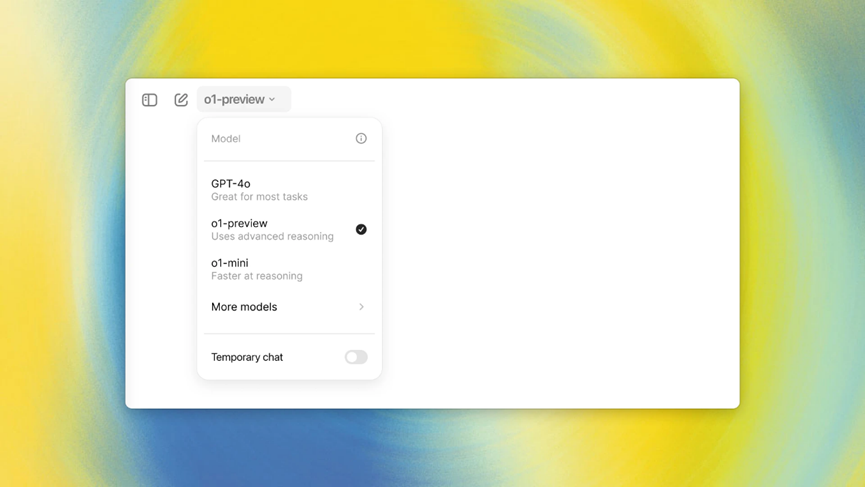
New Model Features and Applications
The o1-preview models are crafted to invest more time in thinking through problems before responding, much like a human would. They can refine their thought processes, try different strategies, and recognize their mistakes through extensive training. Today marks the release of the first model in this series, with regular updates and improvements planned for the future.
How the Model Works
The OpenAI team has trained these models to enhance their problem-solving abilities by spending more time refining their responses. In tests, the upcoming model update performs comparably to PhD students on demanding benchmark tasks in physics, chemistry, and biology. Remarkably, the model excelled in math and coding—solving 83% of International Mathematics Olympiad (IMO) problems and reaching the 89th percentile in Codeforces coding competitions.[ Video Game Coding with OpenAI o1]
Feature Limitations
Currently, the early model lacks several features that make ChatGPT useful, such as web browsing for information and file or image uploading. However, for complex reasoning tasks, the OpenAI o1 series represents a significant leap in AI capability.
Safety
To ensure the safety and alignment of these advanced reasoning models, OpenAI has implemented a novel safety training approach. This approach allows the models to reason about and adhere to safety guidelines more effectively. In a challenging "jailbreaking" test, the o1-preview model scored 84 (on a scale of 0-100) compared to GPT-4o's score of 22. More details can be found in OpenAI's system card and research post.
To match the new capabilities of these models, OpenAI has strengthened its internal governance and collaboration with federal entities. This includes rigorous testing and evaluations using the Preparedness Framework, best-in-class red teaming, and board-level review processes, monitored by the Safety & Security Committee.
OpenAI has also formalized agreements with the U.S. and U.K. AI Safety Institutes, providing them early access to a research version of this model. These partnerships establish a process for research, evaluation, and testing of future models before and after their public release.
Target Audience
The enhanced reasoning capabilities of the OpenAI o1 models are particularly beneficial for those dealing with complex problems in fields such as science, coding, and math. For example, healthcare researchers can use these models to annotate cell sequencing data, physicists can generate complex mathematical formulas needed for quantum optics, and developers can build and execute multi-step workflows.
OpenAI o1-mini
OpenAI is also introducing OpenAI o1-mini, a faster and cheaper reasoning model designed specifically for coding. The o1-mini model is 80% cheaper than the o1-preview, offering a powerful and cost-effective solution for tasks that require strong reasoning but not extensive world knowledge.
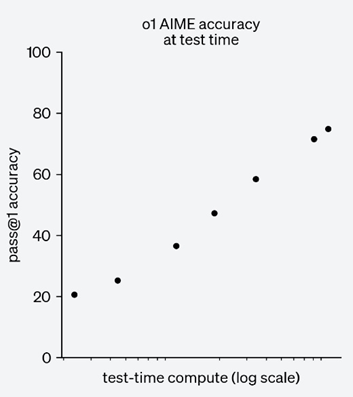
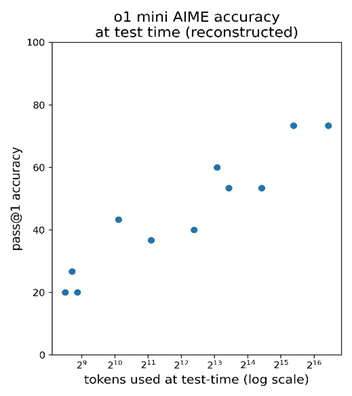
XXAI’s Advantages
XXAI seamlessly integrates GPT-4 and Claude3.5 models to cater to diverse user requirements. For just \$9.9 per month, users can leverage the capabilities of these two top-tier models, making state-of-the-art AI technology more accessible and affordable. If you want to know more about the discount, please click here!
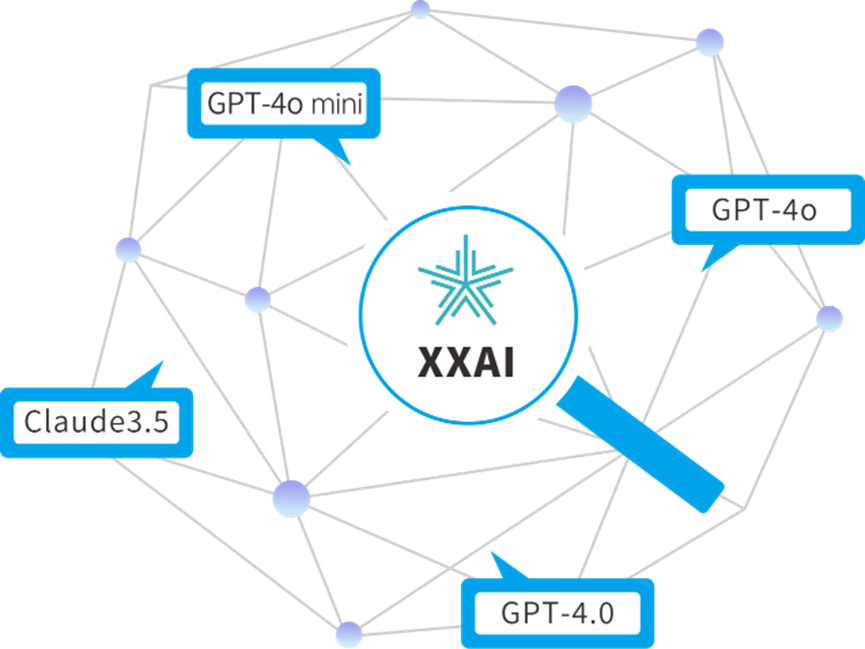
How to Use OpenAI o1
Starting today, ChatGPT Plus and Team users can access the o1 models in ChatGPT. Both o1-preview and o1-mini can be selected manually in the model picker, with initial rate limits set to 30 messages per week for o1-preview and 50 for o1-mini. OpenAI is working on increasing these limits and enabling ChatGPT to automatically select the appropriate model for each prompt.
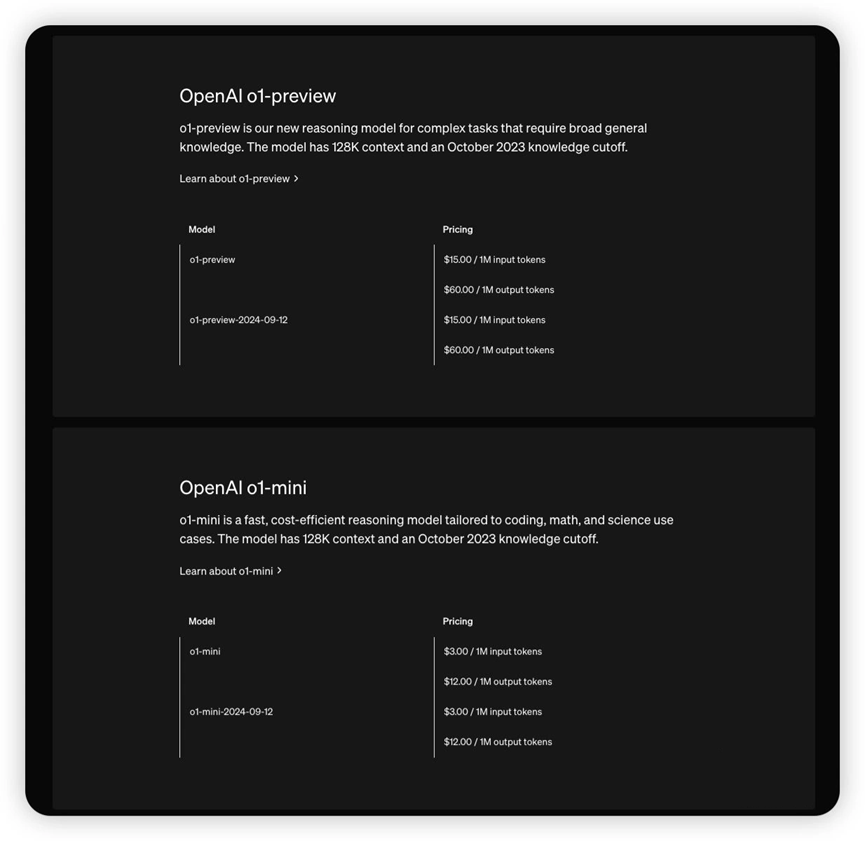
ChatGPT Enterprise and Edu users will gain access to both models starting next week.
Developers qualifying for API usage tier 5 can begin prototyping with both models today at a rate limit of 20 RPM. OpenAI is actively working to increase these limits after further testing. The API for these models currently does not include function calling, streaming, support for system messages, and other features. To get started, developers can check out the API documentation.
OpenAI also plans to bring o1-mini access to all ChatGPT Free users in the near future.
What’s Next
The release of the o1-preview provides an early look at these reasoning models in ChatGPT and the API. OpenAI plans to continuously update the models and add features such as browsing, file, and image uploading to enhance their utility. Additionally, the development and release of models in both the GPT series and the new OpenAI o1 series will continue.
XXAI will also keep an eye on industry updates to bring users the most novel experience, don't miss it!